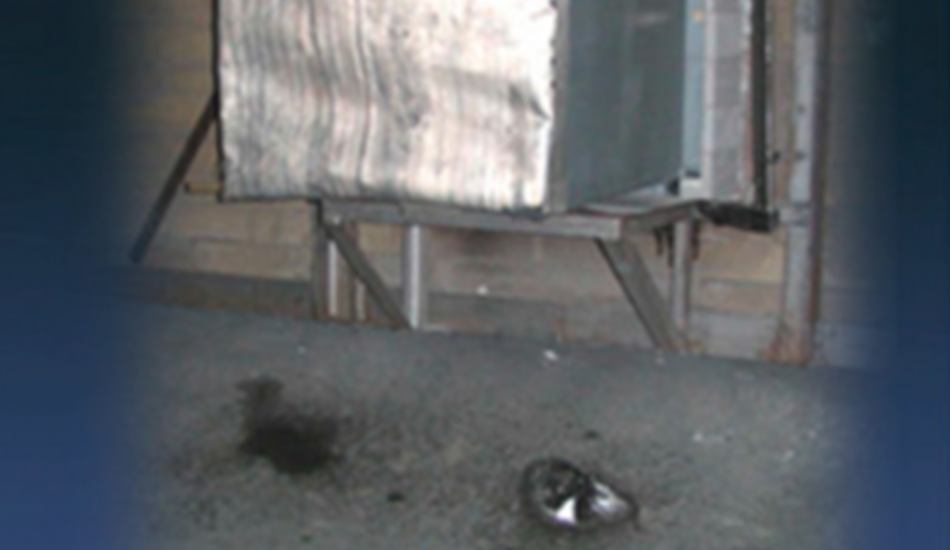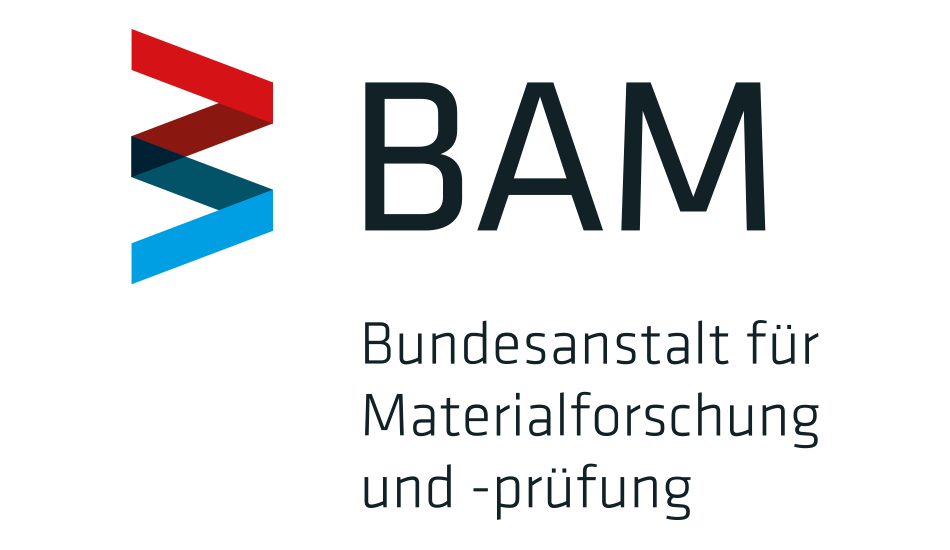Fire protection
Secure IT infrastructures require special protective conditions! The requirements for structural fire protection are NOT sufficient for IT hardware! The standard structural fire protection acc. to EN 1363 (for standard buildings) and the IT fire protection acc. to EN 1047-2 are quite different.
According to the requirements of EN 1363 single building components are tested but not the complete product.
A test of the complete product, the "type test", however, is definitely required within the scope of the best possible IT protection. The certified F90 fire resistance acc. to the general DIN standard for building structures fulfills the structurcal fire protection requirements but is not in compliance with the load values of IT systems.
For this reason the consideration of the limit values according to EN 1047-2 is a "must" for safeguarding the high availability requirements. Moreover the test according to EN 1363 requires the temperature measurement for 90 minutes only. The highest temperatures, however, are measured during the following cooling period. The EN 1363 do not require the measurement of the relative humidity. In the event of a fire, however, there will be 870 litres water in a room, dimension 5 x 6 x 2,5 m!
This huge amount of water will mainly cause the total loss or failure of IT.
Differences between standard fire protection
| Standard | EN 1363 (DIN 4103) F90 test of building components | EN 1047-2 (IT fire protection) |
|---|---|---|
| Standard for | Building components | Data security rooms |
| Type of test | Tests of building components | Type test |
| Duration of firing | 90 minutes acc. to time/temperature curve | 60 minutes acc. to time/temperature curve |
| Cooling curve | No | Yes |
| Duration of temperature measurements | 90 minutes | 24 hours |
| Max. temperature increase | 140-180 K | 50 K |
| Max. rel. humidity | Not measured | 85% |
| Impact test | No | Yes |
| Manufacturer's quality control | Yes | Yes |
| Quality control during installation | No | Yes |
| Registration | No | Yes |
Maximum protection
with the IT fire protection test according to EN 1047-2.
Risik factor: Relying on structural fire protection.
Increased requirements for IT fire protection.

Conclusion: Fire protection acc. to EN 1363 (DIN 4102)
- The limit values for temperatures are far above the admissable temperatures for IT hardware.
- No requirements for relative humidity.
- No type or system tests.
- The structural fire protection controls the protection of people and buildings.
- The requirements of structural fire protection are not sufficient for the IT!
Additional risk factors in a fire
Feel free to contact us
To learn more about our products and services, please feel free to contact us personally. Please use the contact form or simply give us a call. We look forward to hearing from you!











